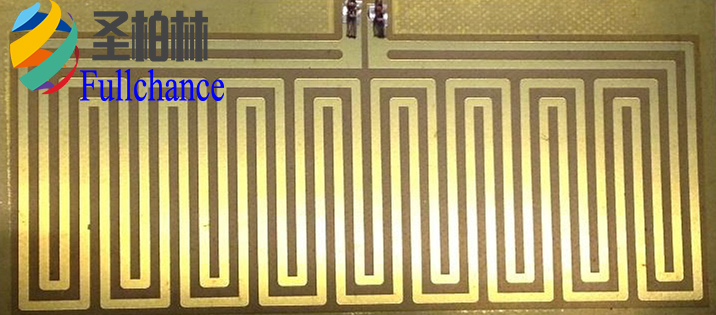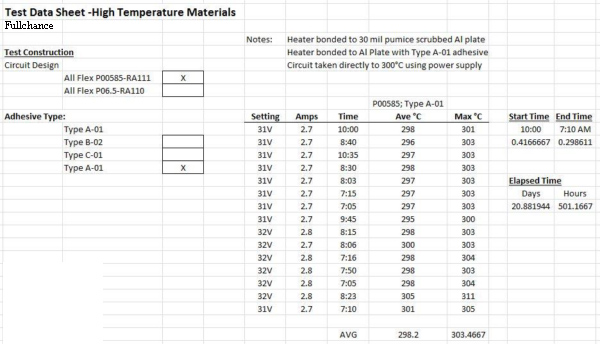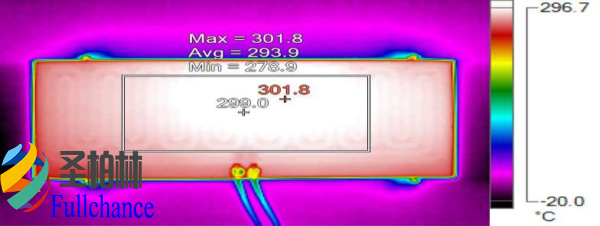- Home
- Silicone Heater
Foam insulation silicone heater
Silicone heater with temperature controller
SILICONE RUBBER HEATERS – ACCESSORIES
Silicone Heater for Small Diameter Pipes and Tubing
special shaped silicone rubber heater
Different color silicone heater
Type W / Type E Silicone Rubber Heate
features&application of wire wound silicone heater
Standard silicon rubber heater
Silicone band Heater With Springs
Silicone Drum Heater With Velcro Straps
Silicone Drum Heater With Temperature Controller
Silicone Rubber Heater Temperature Controls
Useful information for designing silicone heaters
- Thick Film Heater
what are ceramic based thick film heaters,resistors,circuits of devices
Is thick film right for my applications
what base or substrate materials are available
what are the benefits of thick film heaters
which substrate materials should use?
what termination options are available?
what are the wattage densities of the thick film conduction heaters
waht if a standard thick film heater is close but not perfect for my applications
AVIATION LATCH HEATER(thick film on ceramic
2-ZONE HEATER FOR HANDHELD ANALYTIC DEVICE
DEVICE HEATING ELEMENT FOR USE IN A HIGHLY SENSITIVE MAGNETOMETER
- Polyester heater
- Epoxy Resin Heater
- Kapton heater
- Mica Heater
Mica HeaterUltra-thin・high Watt precision heater
High Frequency Round Mica Plate Heater Customized
High Temperature Surface Mica Heating Element
High Reliability Mica Heater Plate , Mica Electric Heaters Multi Function
The electric film mica heating element introduced
Mica Panel Heater/Heating Element
- Ceramic Heater
Alumina metallic ceramic heating element
Rectangular alumina metallic ceramic heating element specification
Round shape alumina metallic ceramic heating element specifications
Rod shape alumina metallic ceramic heating element specifications
4mm alumina ceramic porous wick for electronic cigarette
5W Ceramic Heater Element for Car Sensor 12V
MCH Printing Porous Ceramic Heating Element for Electric Cigarette
Electroniccigarette ceramic heater
Pellet System Applications Igniters
- Transparent Heater
Transparent Heater utilizes ITO technology
transparent heater custom&design
Transparent Heater with Nanofibrous Membranes
stretchable transparent heater
Clear Heater (ITO Heater), Anti-fog Heater, ITO film Heater, Film Heater, Transparent Heater
Clear Heater (ITO Heater for LCD display
Clear Heater (ITO Heater), Anti-fog Heater for TP 8 inch LCD display
ITO film Heater, Film Heater, Transparent Heater
- News
How to Install a Silicone Heater Build Plate
How a Silicone Heating Pad Works
Types of Flexible Silicone Rubber Heaters
Why Use Silicone rubber Heaters Over Other Heaters?
5 Advantages of silicone rubber heaters
Everything you ever wanted to know about Kapton heaters but were afraid to ask
what is ELECTRICALLY HEATED SILICONE BLANKETS
What Are Flexible Printed Heaters?
how to test kapton heater with Lithium Polymer (LiPo) battery
application of polyimide kapton heater
3D Printing Custom heaters for additive manufacturing and 3D printing
How do Polyimide Heaters Work?
What are the Operating Temperatures of Polyimide Heaters?
What are the Applications of a Polyimide Heater?
max working temperature of Polyimide Heater
How Does A Micathermic Space Heater Work Faster Than Regular Heaters
Are Mica Panel Heaters Safe and Effective?
From consulting and design services to product manufacturing
Things to Consider When Specifying a Heating Application
Kapton Flexible Heaters - Flexible Heating Solutions
Thick film elements - Technical data
How do I estimate battery run-time for my heated device?
Understanding Watt Density in Heater Design
latest product-230V 1.2W 50000ohms carbon heater
what is etched-foil kapton heaters
ITO conductive glass and related transparent conductive films
- Data Download
Fullchance FILM HEATERTEST WITH SINK
Electric heating film product catalog
Ceramic electric heating tube product catalog
ITO conductive glass and related transparent conductive films
Transparent electric heating film video
PI High Temperature Electric Heating Plate Test Video 300 degrees
Transparent electric heating film inspection report
General testing standard for mica electric heating plates
Hot stamping machine, baking cup heating pad information download
Electric Heating Production Operation Instructions
Electric heating film, flexible heating film test report
Operating Procedures for Electric Heating Plate Production
Analysis of Electric Heating Plate Mechanism
Test Report on Kapton (PI) Insulation Layer for Electronic Cigarette
Temperature Uniformity Test Video for Epoxy Resin Electric Heating Plate
Production process and process flowchart of electric heating film
Instructions for Inspection of Mica Heating Plate
Technical description of ITO transparent electric heating pads for ski goggles and helmets
- Company Profile
- Factory Equipment
Electric heating film application - medical diagnostic equipment
Electric Heating Film Application - Aviation
Application of Electric Heating Film - National Defense
Electric Heating Film Application - Engineering Automation
Electric heating film application - power generation
Electric Heating Film Application - Rotating Machinery
Electric heating film application - semiconductor manufacturing
Electric Heating Film Applications - Industrial&Commercial Applications
Installation drawing of CT325 temperature controller
CT435 Temperature Control Installation Drawing
Installation Drawing of CT425 PID Temperature Control System
- Contact Us






 customer service1
customer service1 